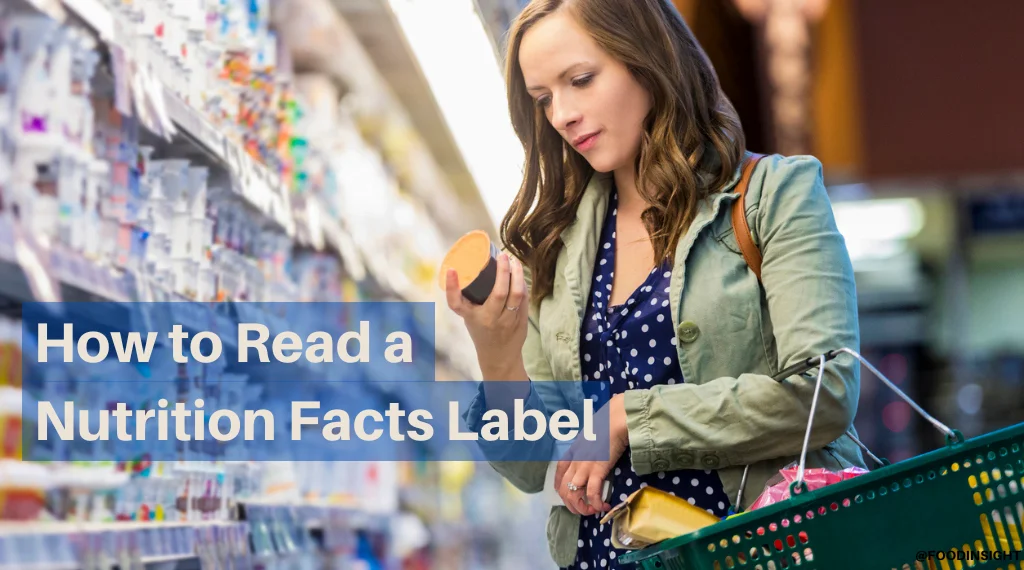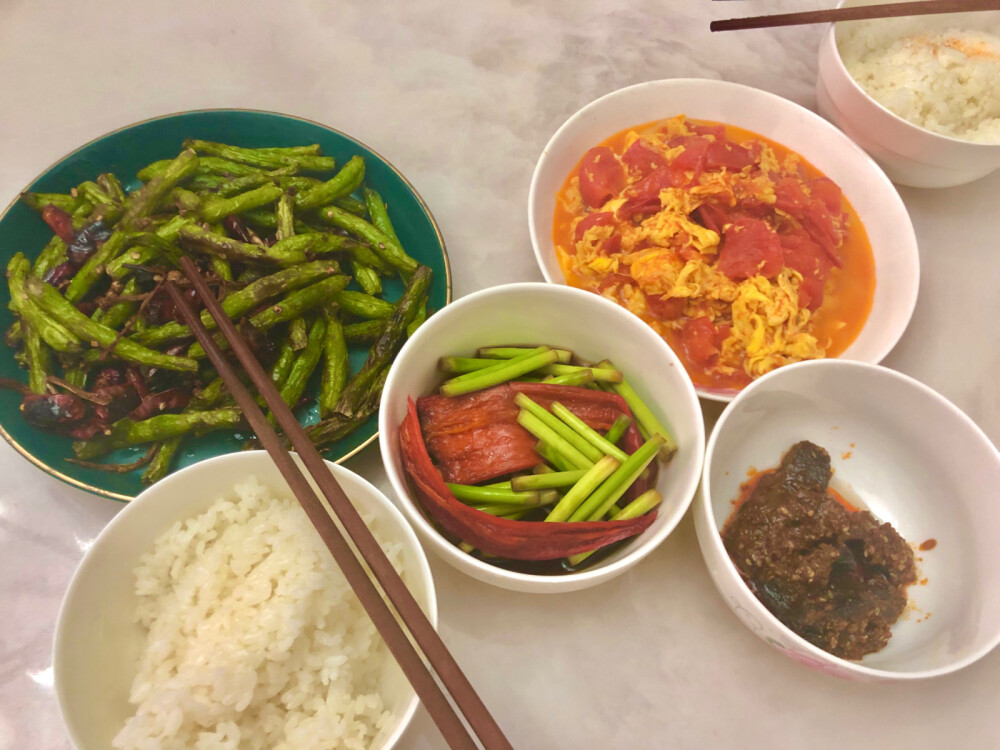
It’s the most wonderful time of year…for candy companies (and I guess kids too). With sweet treats coming from school, parties, and of course, trick-or-treating on Halloween, parents may wonder how harmful all those food additives in candy really are. And there’s a new push to ban some of those harmful substances.
On October 7, 2023, California became the first state in the country to ban four food additives. That’s when Governor Gavin Newsom signed the California Food Safety Act into law. It bans four food additives found in popular candy, drinks, and cereal. Those four additives are brominated vegetable oil, potassium bromate, Propylparaben, and red dye No. 3.1
There’s so much to be scared of on Halloween, should candy be one of them?
What Is a Food Additive?
Additives are substances used in different food products for a variety of reasons. Some make foods colorful, others give them a different texture. Then there are preservatives which keep them shelf stable.
“Additives are used by some food companies to create products that ultimately are just more desirable or have some features that are used to help it improve,” says Cewin Chao, MS, RD, CDN, MBA, Director, Clinical Nutrition Services at Montefiore Medical Center. “Often, it’s used in processed foods.”
Since most popular candies and sweet treats are highly processed, they contain several additives like dyes and sugars which are especially attractive to young kids.
The Potential Dangers of Additives
Despite the artificial nature of most additives, they are regulated and approved by the Food and Drug Administration (FDA).2
“Any additives and ingredients that are approved to be used in the industry typically are designated as ‘GRAS’ which is the acronym for ‘generally regarded as safe,” Chao explains. “And so things like sodium or salt products are considered safe and that’s considered an additive. So, I would say that the regulatory agencies that exist do not allow harmful additives to be added to most food products.”
Though any additives in food products face scrutiny by federal agencies, Chao explains that as new research and data emerge, some additives previously approved may not stand the test of time. “Newer evidence seems to support that [some additives] may no longer be kept the same neutral or safe status as they once had,” Chao says.
Many parents and caregivers are catching wind of that new data and looking more closely at the ingredient list of their foods. Wellness expert Julie Chapon pays particular attention to four of these substances: Red 40, Blue 1, Yellow 5, and Yellow 6.
“These are the four that you find in many, many candies,” Chapon says. “And the most important thing about the danger of these four additives is that they are suspected to have a link with hyperactivity and deficit disorders in children.” Health assessments in recent years have highlighted this connection.3
Chapon says these additives are found in treats like Welch’s Fruit Snacks, Skittles, Sour Patch Kids, Jolly Ranchers, M&Ms, and Starburst.
Another dye, like Red 3 (one of the banned additives in California) which is associated with fruity flavors and colors, is a cause for concern. It’s been linked to a risk of certain cancers in laboratory animals when consumed in high doses. The FDA has banned the use of red dye No. 3 in cosmetics, but not yet in foods.4
What’s Being Done About Food Additives
With the research and data coming out, the European Union, out of an abundance of caution, decided to pull the additive titanium dioxide from its food supply, forcing companies to seek alternatives.5 Skittles, for example, had to change its formula in Europe.
“Skittles in Europe no longer contain titanium dioxide,” Chapon says. “It’s the same Skittles, but a different recipe. In the U.S., they still contain titanium dioxide. So Skittles are better in Europe than here in the United States for children.”
Skittles is probably the candy most notoriously known for utilizing titanium dioxide, so much so that when California Governor Gavin Newsom initially wanted to impose a ban on the additive in the state, it was dubbed the “Skittles ban.” Notably, though, titanium dioxide was left out of the final version of the California Food Safety Act that was signed into law.1
Other measures are starting to slowly pick up here in the United States. The FDA is evaluating all this new data, but a ruling has not yet been finalized. In the meantime, other states are considering options in light of the research.
“In New York, state legislators have also proposed a similar ban [to California’s], but that bill is currently with the Senate Agriculture Committee and hasn’t been acted upon yet,” Chao says. “I think California has just been able to move it forward in a more expeditious manner at this point.”
The 2023 Parents Best Food Awards
What Parents Should Know
As a mom, Chapon is cautious about the food she buys for her kids at home because she finds it difficult to limit her children’s intake of processed foods when they are readily available. But on special days—like Halloween—she lets her kids indulge.
“They are doing Halloween with their friends and they are going to eat candy and it’s okay. It’s okay if they don’t eat them the rest of the year,” Chapon explains. “For parents who have time the best thing is just to buy whole products and cook them so you are sure that there are no controversial substances in what you give to your children.”
While the additives in processed foods like candy and other sweets are probably not great to have in excess, Chao says those treats can still be part of a balanced diet. Everything in moderation, right?
“When talking about developing healthy eating behaviors, I think it’s important not to focus on restrictions. It’s important not to categorize foods as good and bad,” Chao explains. “I think there is definitely a role for having a healthy and diverse diet. And so that can include treats and desserts and sweets. Developing healthy eating behaviors happens early on. So prioritizing, maybe having a well-balanced meal, a hearty dinner before going to take a treat.”
When it comes time to sort through all those goodies on Halloween, Chao adds that it could be helpful for parents to include their children in looking through their loot and deciding on their favorite candies so families don’t have to manage a heavy candy load.
Alternatives to Favorite Foods
Halloween may only be once a year, but during the other 364 days, it can be hard to find other, healthier options for the sweet, sugary foods many kids crave. But they are out there. Parents just have to look for them and examine food labels closely.
Some candies are only made from fruits, others use natural dyes to give them bright colors. Finding these alternatives is sometimes tricky, and part of the reason why Chapon co-created an app, called Yuka,to make it easier.
“The app is an app to scan food and cosmetic products to know the impacts on [the] health of the products,” Chapon says. “And so the idea is to help you make better choices for your health.”
Yuka provides information on a product’s ingredients and allows you to search for alternatives. It’s just one of the ways parents can minimize their children’s intake of additives.
Chao also adds that one of the best alternatives to foods with many additives is to opt to use whole foods and ingredients in meals and use it as an opportunity to model healthy behaviors for children.
“By parents modeling healthy eating behaviors, developing good dietary habits early in life, they really do set their family and their children up for having a healthy relationship with food going forward,” Chao says. “And if you start young, it just feels normal.”



